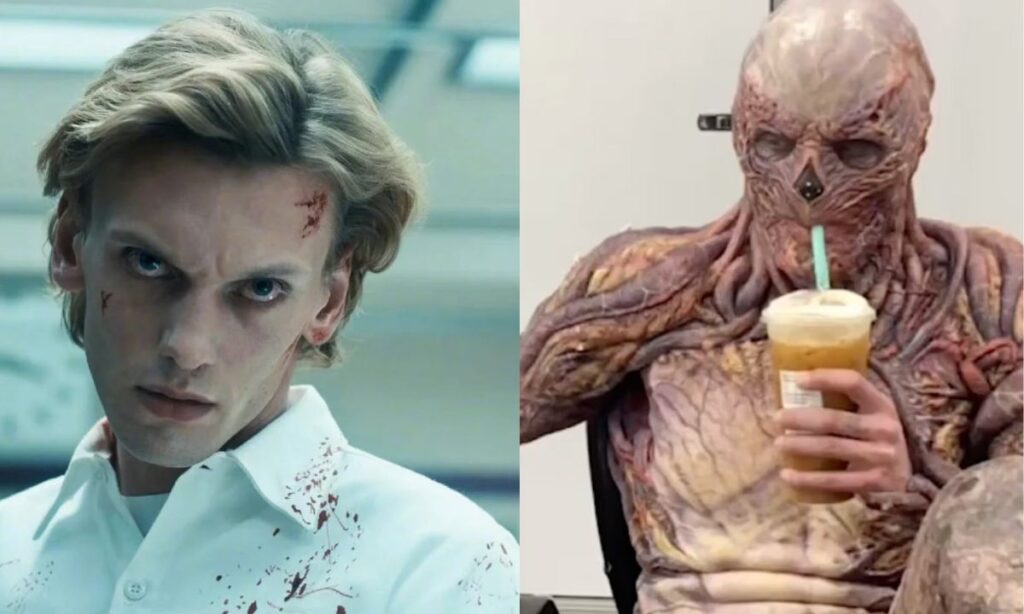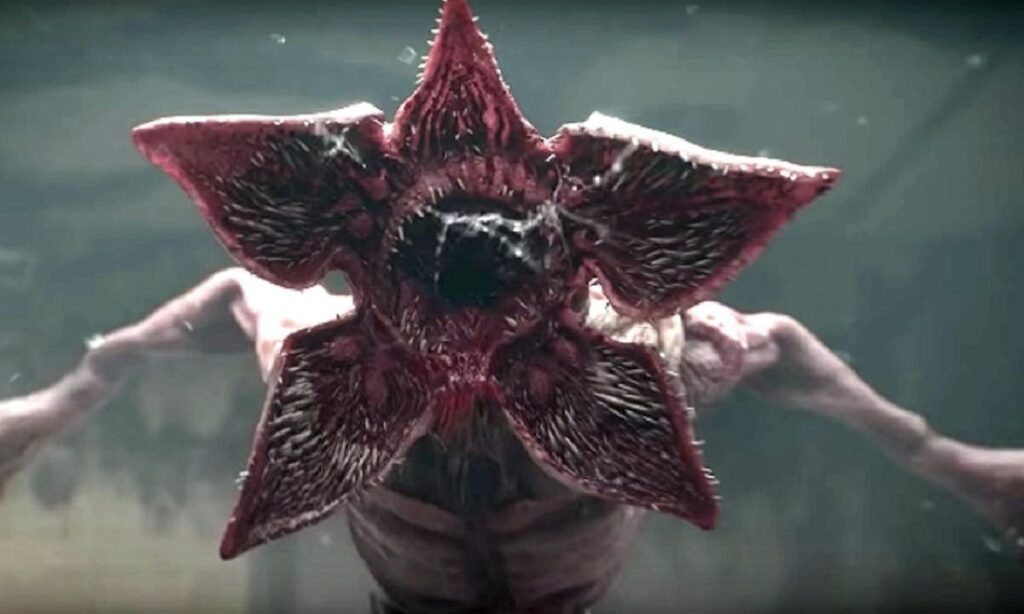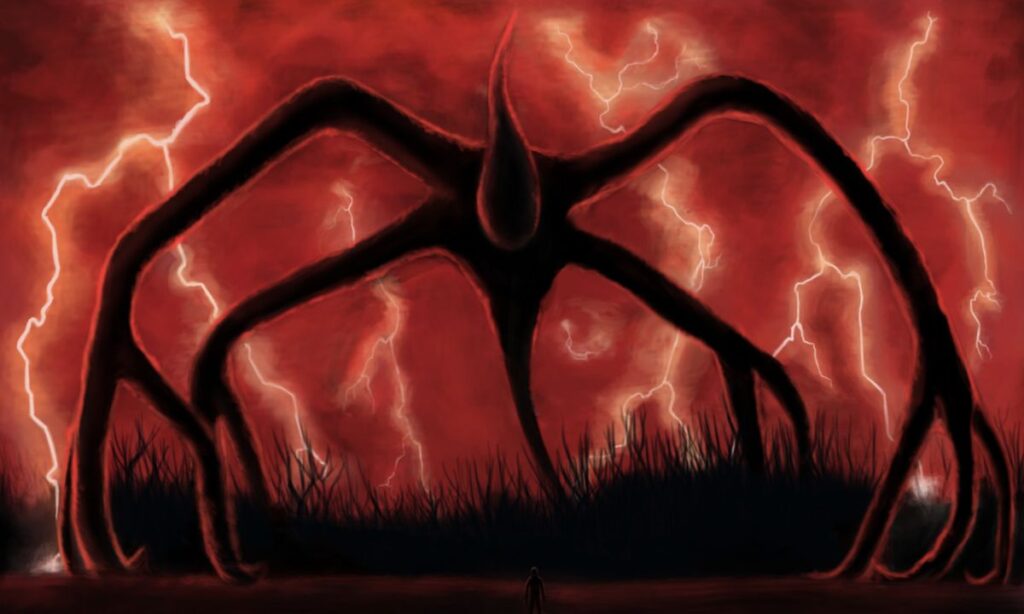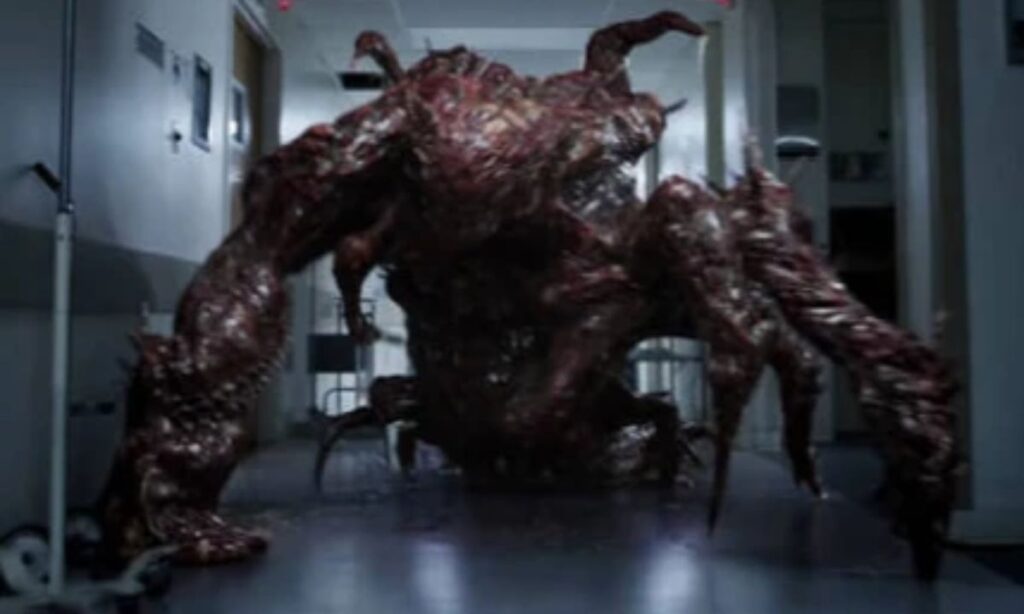The least discussed aspect of Stranger Things is probably it’s villains – from demogorgans to Vecna. From faceless monsters to twisted minds, the show’s antagonists have evolved into icons of modern horror. So we thought we would explore some of the major villains of Stranger Things, their origins, symbolism, and the theories that keep fans buzzing.

1. The Evolution of Evil: Villains Across the Seasons
Each season of Stranger Things introduces a new threat, escalating the stakes and deepening the show’s mythology.
Season 1: The Demogorgon

- Description & Abilities: A humanoid creature with a flower-like head full of teeth, the Demogorgon is the first monster we encounter.
- Symbolism: Represents primal fear and the unknown lurking just beyond our reality.
Impact: Introduced the concept of the Upside Down and set the tone for the series’ blend of sci-fi and horror.
Also read: Demogorgon’s true purpose
Season 2: The Mind Flayer (Shadow monster)

- Description & Abilities: A massive, spider-like entity made of shadow, capable of controlling minds and creating a hive mind.
- Symbolism: Embodies the fear of loss of control and invasion of the mind.
Impact: Expanded the Upside Down’s lore and introduced the idea of a larger, more intelligently evil.
Season 3: The Flayed & flesh monster

- Description & Abilities: The Mind Flayer possesses humans and animals, melting them into a grotesque, fleshy creature.
- Symbolism: Explores body horror and the terror of losing one’s identity.
- Impact: Brought the horror closer to home, showing how the Upside Down can corrupt the real world.
Season 4: Vecna
- Description & Abilities: Once Henry Creel, now a powerful being who preys on trauma, causing victims to experience haunting visions before killing them.
- Symbolism: Represents internal trauma and the darkness within the human psyche.
Impact: Revealed as the mastermind behind previous events, tying together the series’ overarching narrative.
Stranger Things villain showdown table
| Villain | AKA | Debut Season | Creep Factor (🔥/5) | Powers | Vibes | Fun Fact / Highlight |
| Demogorgon | The Monster | Season 1 | 🔥🔥🔥🔥 | Super strength, teleportation, hunting | Silent predator, slasher-style | Can smell blood from miles away. Fans call it “petal-face” due to its unique head. |
| Mind Flayer | Shadow Monster | Season 2 | 🔥🔥🔥🔥🔥 | Hive mind, psychic control, weather bend | Cosmic overlord, dark force | Towering shadowy figure with spider legs. Terrifies with just its presence. |
| The Flayed | Flesh Monster | Season 3 | 🔥🔥🔥🔥 | Body absorption, shape-shifting | Gore-fest, horror movie vibes | Formed by melting possessed people and rats. Literally gooey evil. |
| Vecna | Henry Creel / One | Season 4 | 🔥🔥🔥🔥🔥+ | Telekinesis, mind invasion, soul draining | Supernatural serial killer + cultist | Uses victims’ trauma to kill. Has his own chilling theme song (“Running Up That Hill”). |
| Dr. Brenner | Papa | Season 1–4 | 🔥🔥🔥 | Manipulation, mind games, control | Creepy scientist, gaslighting dad | Wears a lab coat but terrifies more than monsters sometimes. |
| Jason Carver | Angry jock turned cult leader | Season 4 | 🔥🔥 | Mob influence, peer pressure | Human paranoia, social fear | Starts a witch hunt against Hellfire Club. Peak ’80s moral panic energy. |
Layers of Horror: What Makes These Villains So Effective?
The Stranger Things villains don’t just scare you—they stay with you. Here’s why they hit so hard:
They tap into different kinds of fear
Each villain brings its own flavor of horror. The Demogorgon plays on primal survival fear. The Mind Flayer creeps into our minds with paranoia and control. Vecna? He takes it even further by attacking our deepest emotional trauma. The show doesn’t settle for just jump scares—it messes with your head.
They reflect real-life struggles
Yes, the monsters are scary. But the genuine horror? Losing control, not being believed, or being consumed by grief. These villains are allegories:
- The Mind Flayer is a personification of the loss of self.
- Vecna is grief, guilt, and mental illness made flesh.
- The Flayed represent peer pressure and what happens when people stop thinking for themselves.
Visuals that burn into your brain
From the Demogorgon’s faceless flower-head to Vecna’s vine-infested lair, the show’s design team deserves a standing ovation. Each creature looks like it crawled out of a fever dream—wet, twitchy, and way too real. The use of practical effects mixed with CGI makes the horror feel tangible.
Sound design = Nightmare fuel
Ever notice how Vecna’s scenes are full of cracking bones and eerie whispers? Or how the Mind Flayer’s presence comes with thunder and static? These audio cues trigger a physical reaction. You feel the fear before the monster even shows up.
We care about the characters
A monster is way scarier when you care about the people it’s hunting. The show’s strength lies in its heart—the friendships, family bonds, and messy emotions. When a villain threatens those things, it hits different.
Stranger Things villains and fan theories
Fan Theories & Villain Connections
If there’s one thing Stranger Things fans love, it’s connecting the dots. Over the seasons, theories have exploded online—and some of them? Kinda mind-blowing.
Vecna = mastermind all along
Season 4 flipped everything we thought we knew. Fans now believe Vecna was pulling the strings since the beginning. That mind-control? That shadowy Mind Flayer? All just tools for his master plan. Think of Vecna as the Upside Down’s dark god—and Season 1’s Demogorgon as just his first chess move.
Theory: The Mind Flayer didn’t create Vecna. Vecna shaped the Mind Flayer into a spider-like form based on his obsession with control—and spiders. He even says they’re “the gods of the world.”
Did Eleven create the Upside Down?
It’s still debated whether the Upside Down existed before Eleven’s powers ripped it open—or whether she created it when she banished Henry/One into it. When she does, the moment is so powerful it warps space and reality. Coincidence?
Fun fan theory💡
The Upside Down is stuck in 1983 (Will’s disappearance) because it was frozen at the moment Eleven made contact with it. Some say it’s a twisted copy of Hawkins built from trauma and memory.
Why Hawkins?
Why is everything happening in this one small town? Fan theories suggest Hawkins was chosen because it sits on some kind of interdimensional “crack” or fault line. Another theory? The lab knew what was there all along—and targeted Eleven to exploit it.
Dungeons & Dragons = prophecy?
The names “Demogorgon,” “Mind Flayer,” and “Vecna” all come from Dungeons & Dragons. But fans think it’s more than a naming convention—it’s foreshadowing. In the game, Vecna is a powerful lich who eventually becomes a god. Could the same be true in the show?
Fun theory: Some even think Will might become the final villain, like a new version of Vecna, due to his lingering connection to the Upside Down.
Future of the Stranger Things villains in Season 5
As we look ahead to the final season, several questions loom:
- Will Vecna Return? Despite his defeat, Vecna’s influence persists, and his connection to the Upside Down remains strong.
- The Upside Down’s Expansion: With Hawkins now partially merged with the Upside Down, the threat is more immediate than ever.
Eleven’s Role: Will her powers be enough to close the gates for good, or will she face a new, even greater adversary?